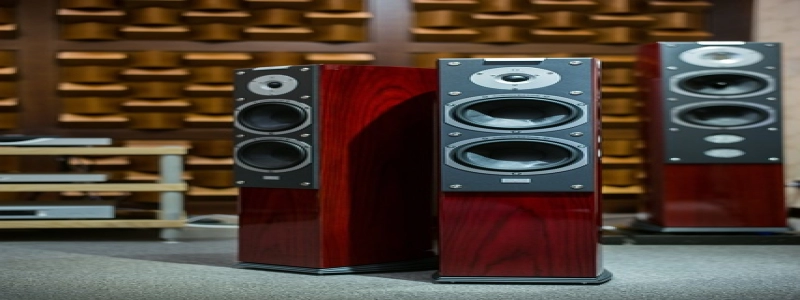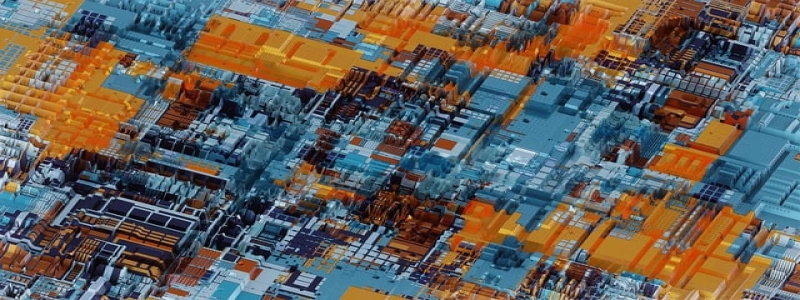Do you ever wonder how 5G technology works and what it requires to function? One common question is whether 5G requires the use of fiber optic cables. В тази статия, we will explore this topic in detail and provide a comprehensive explanation.
To understand the relationship between 5G and fiber optic cables, it is essential to grasp the basic concept of both technologies. 5G refers to the fifth-generation wireless technology, which promises faster speeds, lower latency, and enhanced connectivity compared to its predecessor, 4G. On the other hand, fiber optic cables are thin strands of pure glass or plastic through which data is transmitted using light pulses. They are known for their ability to transmit large amounts of data at incredibly high speeds.
Now, let’s address the question at hand: does 5G require fiber optic cables? The answer is both yes and no. While it is not a strict requirement for 5G to function, fiber optic cables play a crucial role in supporting its infrastructure and delivering its full potential. Let’s delve deeper into why fiber optic cables are highly beneficial for 5G networks.
Firstly, fiber optic cables have the capability to transmit data at speeds that surpass current wireless technologies. Unlike traditional copper cables, which experience signal loss and interference over long distances, fiber optics maintain signal integrity even when data is transmitted over significant distances. This feature makes fiber optic cables an ideal choice for connecting 5G base stations to the core network. As 5G networks require a dense network of base stations to ensure widespread coverage, fiber optics facilitate the seamless transfer of data between these stations and the core network.
Secondly, fiber optic cables have an incredibly high bandwidth, allowing them to handle large amounts of data simultaneously. This is crucial for 5G networks as they are expected to handle a massive increase in data traffic due to the proliferation of connected devices and the rise of data-intensive applications such as virtual reality and autonomous vehicles. Fiber optics ensure that the network can cope with the immense data demands associated with 5G, thus preventing congestion and ensuring a reliable and consistent connection for users.
Furthermore, fiber optic cables have low latency, meaning they minimize the delay in data transmission between devices. Low latency is a critical requirement for 5G networks, especially for applications that demand real-time interactions, such as remote surgery, autonomous drones, and smart city infrastructure. By utilizing fiber optics, 5G networks can achieve the ultra-low latency required to support these advanced applications and deliver a seamless user experience.
В заключение, while it is not mandatory for 5G networks to use fiber optic cables, they are highly advantageous for unlocking the full potential of this revolutionary technology. Fiber optics enable the high speeds, large bandwidth, and low latency required for 5G networks to deliver their promised benefits. As we move towards a more connected future, the integration of 5G and fiber optics will play a vital role in creating a truly advanced and efficient wireless network.








